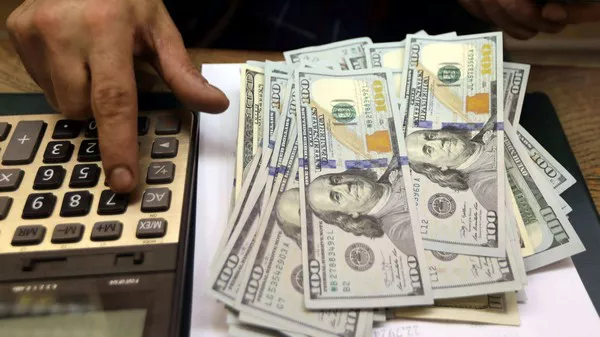In the interconnected global economy, currency exchange rates play a pivotal role in facilitating international trade, travel, and investment. Whether for personal or business reasons, individuals often find themselves needing to convert currency from one denomination to another. One common conversion sought after is the exchange of US Dollars (USD) to Euros (EUR). In this article, we will delve into the mechanics of currency exchange, factors influencing exchange rates, and the process of converting 500 US Dollars into Euros.
Understanding Currency Exchange Rates
Currency exchange rates represent the value of one currency relative to another. These rates are determined by the foreign exchange market (Forex), where currencies are bought, sold, and exchanged. Exchange rates fluctuate constantly due to various economic and geopolitical factors, making them dynamic and sometimes unpredictable.
Central banks, monetary policies, inflation rates, interest rates, trade balances, geopolitical events, and market sentiment all contribute to currency fluctuations. For instance, if a country’s central bank raises interest rates, its currency may strengthen as investors seek higher returns. Conversely, political instability or economic downturns can weaken a currency.
Factors Influencing the USD to EUR Exchange Rate
The exchange rate between the US Dollar and the Euro is influenced by a multitude of factors, including:
Monetary Policy: Decisions made by the Federal Reserve (Fed) in the United States and the European Central Bank (ECB) in the Eurozone regarding interest rates and money supply greatly impact the value of their respective currencies.
Economic Indicators: Key economic indicators such as GDP growth, employment rates, inflation, and trade balances provide insights into the overall health of a country’s economy, affecting investor confidence and currency value.
See Also:Current USD Exchange Rate: What is $59 USD in AUD?
Political Stability: Political stability and governance play a crucial role in determining a currency’s value. Countries with stable political environments typically have stronger currencies due to increased investor confidence.
Market Sentiment: Market sentiment, driven by investor perceptions, speculation, and risk appetite, can cause rapid fluctuations in exchange rates, especially in the short term.
Trade Relations: Trade relations between the United States and the Eurozone, including tariffs, trade agreements, and trade imbalances, can influence the exchange rate between the USD and EUR.
Converting 500 US Dollars to Euros
To convert 500 US Dollars to Euros, one must first determine the prevailing exchange rate. Exchange rates are quoted as the amount of one currency needed to purchase or sell a unit of another currency. For example, if the exchange rate is 1.07 USD/EUR, it means that 1 US Dollar is equivalent to 0.93 Euros.
Online currency converters, financial websites, banks, and currency exchange bureaus provide up-to-date exchange rates. Alternatively, individuals can use mobile apps or consult with financial professionals for accurate exchange rate information.
Once the exchange rate is determined, converting 500 US Dollars to Euros involves a simple calculation:
500 USD ÷ Exchange Rate = Equivalent Amount in Euros
For instance, if the exchange rate is 1.07 USD/EUR:
500 USD ÷ 1.07 USD/EUR = 467.29 EUR
Therefore, 500 US Dollars is equivalent to approximately 467.29 Euros at an exchange rate of 1.07 USD/EUR.
Factors to Consider When Converting Currency
When converting currency, it is essential to consider various factors that may impact the final amount received or exchanged:
Exchange Rate Fluctuations: Exchange rates are subject to constant fluctuations, so the actual amount received may differ from the initial estimate.
Transaction Fees: Banks, currency exchange bureaus, and other financial institutions may charge transaction fees or commissions for currency conversion services. These fees can vary significantly and affect the overall cost of conversion.
Timing: Timing plays a crucial role in currency conversion, as exchange rates can change rapidly. Monitoring exchange rate trends and selecting an opportune time to convert currency can maximize the value received.
Payment Method: The method of payment used for currency conversion can also impact the final amount received. Credit card transactions, wire transfers, and cash withdrawals may incur different fees or exchange rates.
Regulatory Restrictions: Some countries impose regulatory restrictions or limits on currency conversion and foreign exchange transactions. It is essential to be aware of any relevant regulations or requirements before initiating a currency conversion.
Conclusion
Converting currency from US Dollars to Euros involves understanding exchange rates, factors influencing currency fluctuations, and the process of conversion. While the exchange rate serves as a crucial determinant, other factors such as transaction fees, timing, and payment methods also impact the overall cost and convenience of currency conversion. By staying informed and considering these factors, individuals can effectively manage currency exchanges and optimize their financial transactions in an increasingly globalized world.
Related Topics:


























